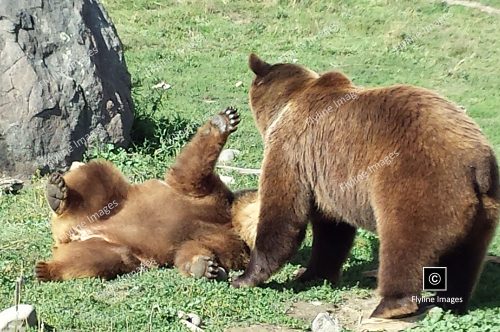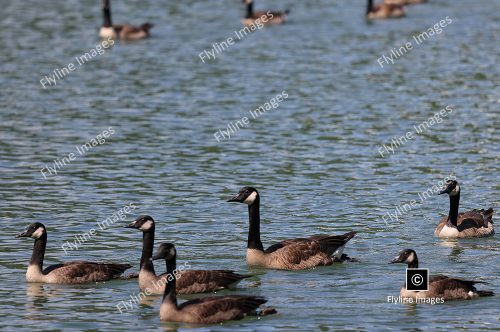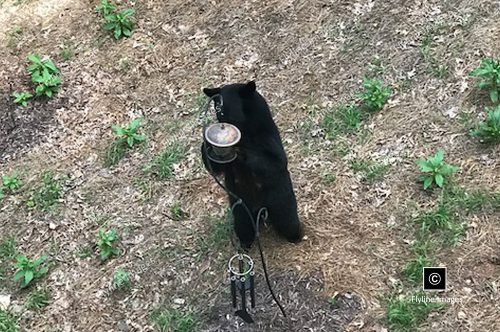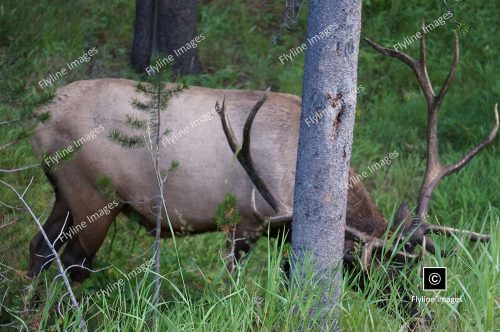LeHardy’s Rapids & Grizzly Bear
LeHardys Rapids and Grizzy Bear
$5.00
Description
Purchase this photo for your use. The photo was taken in Yellowstone National Park. The image shows the gorgeous LeHardy’s Rapids and Yellowstone Grizzly Bear, feeding on a fallen bison in the Yellowstone River.
Image & Download Information
For this product, we have provided 3 image size options, Large 4000 x 2500, Medium 2000 x 1250 and Small 1000 x 625. When you purchase this photo, you will receive an email confirmation of your order. That email will summarize your purchase and provide you with the download links for the images and videos you purchased.
MORE ABOUT THIS PHOTO
The serene LeHardy’s Rapids, juxtaposed with the wildness of a Yellowstone Grizzly Bear feasting upon a fallen bison, embodies the untamed beauty and the harsh realities of nature’s cycle. This captivating scene highlights the delicate balance within ecosystems, where each element, from the flowing waters to the majestic wildlife, plays a vital role.
The Yellowstone National Park, located primarily in Wyoming, is a designated UNESCO World Heritage Site and home to a diverse array of flora and fauna. It spans over 3,400 square miles, making it one of the largest national parks in the United States. Established in 1872, it was the first national park in the world and has since become an iconic symbol of conservation and preservation efforts.
The park’s unique geological features, such as the Old Faithful geyser and the Grand Canyon of the Yellowstone, draw in millions of visitors each year. But beyond its stunning landscapes, the park also serves as a vital ecosystem for a variety of species. Over 300 different birds call Yellowstone home, along with 67 mammal species, including the iconic American bison, elk, moose, and of course, the grizzly bear.
However, like many other natural areas around the world, Yellowstone faces numerous threats such as climate change, invasive species, and human disturbances. The park’s delicate ecosystems are highly vulnerable to these external factors and require constant monitoring and conservation efforts to maintain their balance.
In recent years, the National Park Service and various conservation organizations have been working together to protect Yellowstone’s natural habitats and wildlife. This includes implementing sustainable tourism practices, researching and monitoring wildlife populations, and restoring damaged ecosystems.






